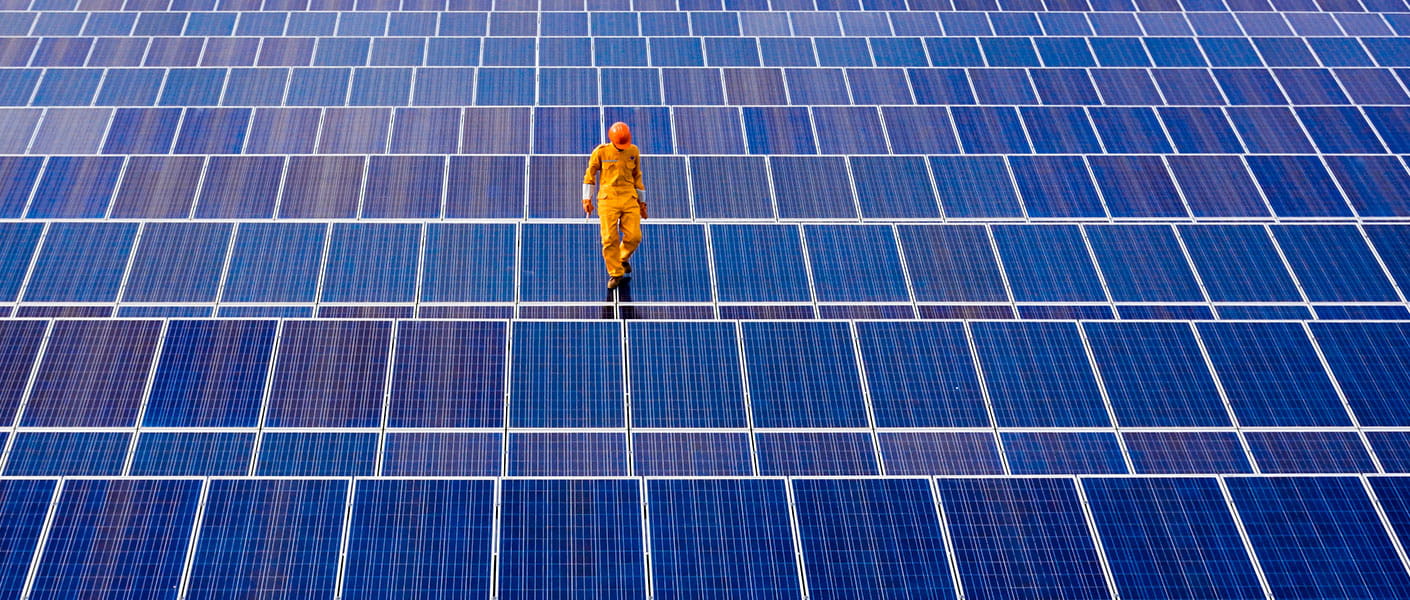
Vinodini Dissanayake
Electrical Engineer


PRISM Podcast Series
Interviewer: Anthony Holt
Transcript:
Anthony:
I’m with Vinodini Dissanayake, an Electrical Engineer with Advisian, who will share some of her opinions on battery storage.
Vinodini, thanks for joining us.
Vinodini:
Thank you, and happy to be here.
Anthony:
Great to have you.
What role will batteries play in the transition to a renewable energy future?
Vinodini:
Renewable energy sources like wind and solar are intermittent power sources. So that means they need to rely on the electricity grid, and that includes the likes of coal and gas plants to provide power (because of its intermittent nature). So that’s were batteries come in, and they can provide a solution to integrate renewables to the grid without compromising the quality of its supply.
Batteries are also capable of providing ancillary services such as frequency regulation. This is because of its technical capabilities. Batteries can increase or decrease its output very quickly, meaning that it can be used to settle differences when there is a momentary shortfall of generation or excess generation with respect to load, and that helps to maintain the system frequency.
Anthony:
So what different types of batteries are there?
Vinodini:
There are several types of battery technologies, and these technologies are at different levels of maturity and technical features.
Lithium-ion is a common battery technology and often perceived to be a leading technology because it has benefited from a lot of research and development effort, because it been commonly used in consumer electronics and now in hybrid and electric vehicles as well. These batteries have relatively high energy efficiencies and energy densities.
Lead acid is another common battery technology, and mature technology as well. Its commonly used in vehicles and substation supplies. However, these batteries are known to have a relatively short cycle life and low energy densities.
Sodium sulphur is another type battery technology that is used in grid-scale electricity storage. They’re known to have relatively high energy densities and low self discharge rates.
Then you get flow battery technologies. These are a little bit different to the ones I spoke about earlier. They typically used two different tags of reactants to store the electrical energy. Vanadium Redox (VRB) is a type of flow battery and considered to be reasonably a well developed technology. The advantage with these batteries are they generally have a long calendar life, and you can access full battery capacity without compromising its cycle life.
So these are only few battery technologies that I briefly discussed, there are so many others like nikel cadmium, zinc PR, and the list goes on and on.
But basically the type of battery technology to use really depends on the application, and also the physical size limitation you may have and also the power and the energy rating of the device. And of course, the cost.
Anthony:
What are the benefits and challenges of large-scale batteries vs home batteries?
Vinodini:
We discussed about integrating renewables and providing ancillary services before. Batteries also can provide energy arbitrate, or time-shifting of energy. That is, to charge the battery when the electricity price is low and discharge when the price is high.
Large-scale batteries also can differ transmission or distribution of grids, and can help to relieve congestion. For example, if you install a battery downstream of a transmission or a distribution line, where the loading of that particular line is reaching its design capacity during peak demand periods, a battery system can help to relieve congestion, and also possibly delay upgrades for several years.
In terms of households, battery systems are usually installed together with rooftop solar. So that allows the household to store the excess power during day time and use it during peek demand periods. This is particularly attractive at the moment for households which are no longer eligible to premium feed-in tariffs. In an Australian context in Victoria, a household with solar currently earns around 6 cents per kWh for solar power that is fed into the grid. But they need to pay a much higher price to purchase electricity from the grid, and that is currently around 30 cents per kWh. So if there is a household with battery storage, it can utilise the stored energy from their solar and use it during peak demand periods.
The challenges I see with both home and large-scale batteries - one of them is capital cost. But now we are seeing the cost of batteries coming down because of the development in the technology - that is making the battery storage systems more attractive.
Safety is another area of concern. To somewhat at risk this issue early this year, Standard Australia released a road map for energy storage standards to support standardisation efforts in electricity energy storage. They identified several priority areas, some of them are safety of installation, product standards, recycling, handling in transport and training to name a few of these. In the context of households, it is important that battery installations are carried out by and accredited installer.
Anthony:
And any final thoughts for us?
Vinodini:
In finishing up this podcast, I'd like to finish up with a quote from Albert Einstein. He said:
"In the middle of difficulty lies opportunity."
I think we can relate this to the implementation of battery storage. It is currently challenging, especially at grid scale, but I think we need to take this as an opportunity, and take advantage of this and work out the best way of handling our market and also system models - so that we have a secure and reliable electricity system.
Anthony:
Vinodini, thanks again for sharing your thoughts.
Vinodini:
Thank you.

Electrical Engineer